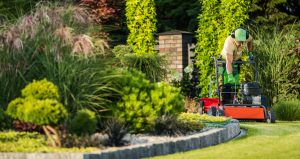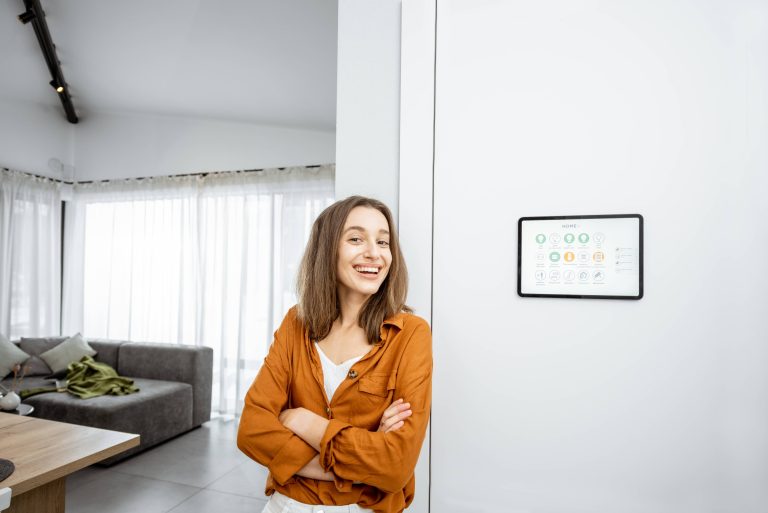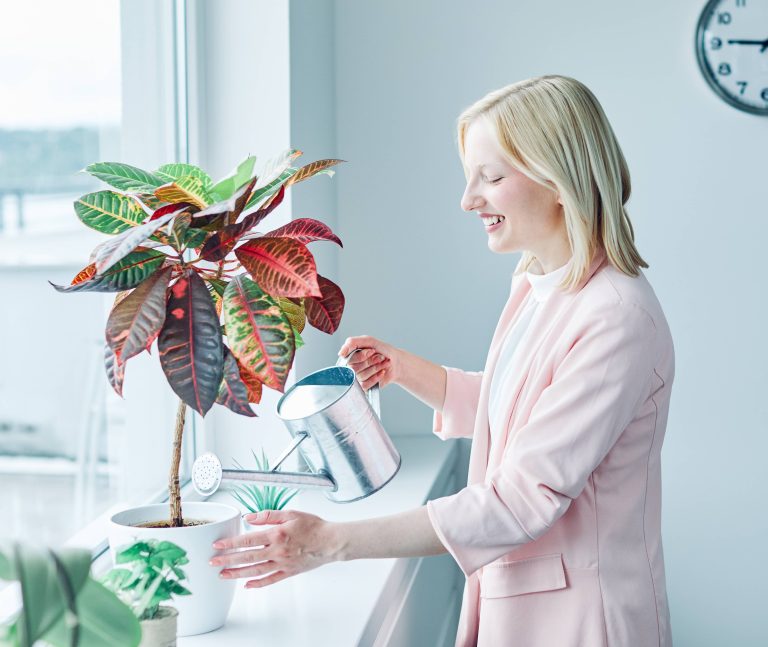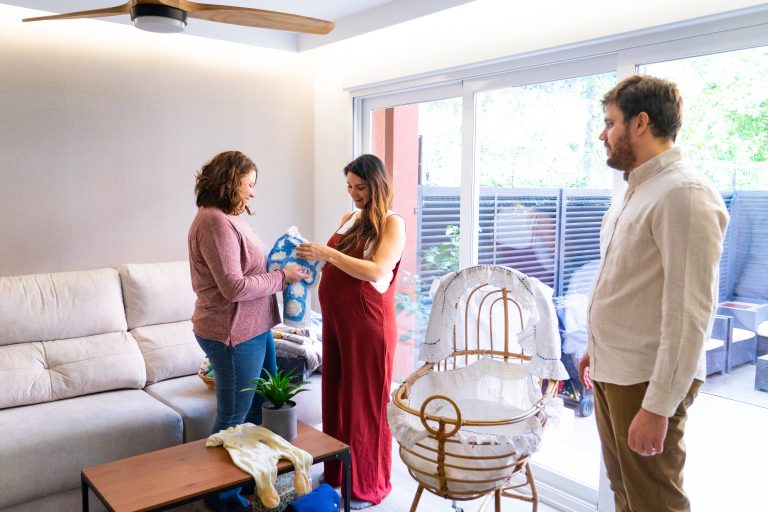
Indoor gardening can be a rewarding and therapeutic hobby, allowing you to reconnect with nature and beautify your home. However, one of the challenges of keeping houseplants thriving is ensuring they get enough light. In many cases, due to limited natural light or short daylight hours during certain seasons, it can be difficult to provide the sufficient sunlight plants need for healthy growth. Fortunately, grow lights are an excellent solution for simulating sunlight and promoting plant health. This blog post will guide you through choosing and using grow lights effectively to create your own indoor oasis.
Understanding Plant Light Requirements
Before diving into the world of grow lights, it’s essential to understand your plants’ specific light requirements. Light is crucial for photosynthesis, which is how plants convert light energy into chemical energy. There are three key types of light that plants use:
1. Blue Light (400-500 nm): This type of light supports vegetative growth and is crucial during the plant’s early stages when the focus is on the development of leaves and stems.
2. Red Light (600-700 nm): Red light influences flowering and fruit production, which is vital for blooming houseplants.
3. Full Spectrum: Mimicking natural sunlight, these lights contain all the colors of the light spectrum, supporting all stages of plant growth.
It’s important to understand that different plant species have different light needs. For instance, succulents and cacti require high light levels, while ferns and low-light tropicals thrive in less intense light.
Choosing the Right Type of Grow Light
There are several types of grow lights available in the market, each with its own advantages and disadvantages. Here’s a breakdown to help you decide which type might work best for your indoor garden:
1. Fluorescent Lights
– Pros: Cost-effective, energy-efficient, and widely available. They provide a balanced light spectrum, which is suitable for most plants.
– Cons: They are not as powerful as other options and may require multiple fixtures to cover larger or high-light plants.
2. LED Grow Lights
– Pros: Energy-efficient, long-lasting, and come in a variety of spectrums, including full spectrum options. They generate less heat, which reduces the risk of overheating plants.
– Cons: Higher upfront cost compared to fluorescent and incandescent lights.
3. Incandescent Grow Lights
– Pros: Inexpensive and often used for supplemental lighting.
– Cons: Inefficient, produce excessive heat, and have a shorter lifespan. Not ideal for primary lighting needs.
4. High-Intensity Discharge (HID) Lights
– Pros: Very powerful and used for large scale or commercial operations. Available in different spectrums like Metal Halide (MH) and High-Pressure Sodium (HPS).
– Cons: High energy consumption and heat output, requiring special ballasts and reflectors.
For most indoor gardeners, especially those growing a variety of houseplants in a home setting, LED grow lights offer the best combination of efficiency, light quality, and affordability.
How to Set Up Your Grow Lights
1. Determine the Location
Choose a suitable location for your grow operation. This should be a place where you can easily control the environment, away from drafts and extreme temperature fluctuations.
2. Measure Light Levels
Use a light meter to measure the light levels in the area where you plan to set up your plants. This will help you ascertain how much additional light is necessary.
3. Positioning the Lights
Proper positioning is crucial. Hang the lights so that they cover the entire plant area. The distance between the lights and the plants depends on the type of light used:
– Fluorescent lights: 6-12 inches above the plants.
– LED lights: 12-24 inches above plants, or as per manufacturer’s recommendations.
– HID lights: 24-36 inches due to higher heat output.
Adjust the height as the plants grow to maintain optimal light intensity and coverage.
4. Light Duration
Most indoor plants require 12-16 hours of light per day. Use timers to automate the on and off cycle, ensuring your plants receive consistent light exposure. Some plants also benefit from a period of darkness, so setting up a cycle that mimulates natural conditions can be beneficial.
Monitoring Plant Response
Once your grow lights are set up, observe your plants regularly. Look for signs of stress or healthy growth:
– Signs of adequate light: Vibrant and healthy leaves, steady growth, and flowering (for flowering plants).
– Signs of insufficient light: Leggy growth, pale leaves, and slow growth.
– Signs of too much light: Scorched or yellowing leaves.
If you notice any adverse signs, adjust the light intensity, duration, or distance accordingly.
Conclusion
Grow lights can be a game-changer for indoor gardening enthusiasts, allowing you to cultivate a lush, diverse plant collection regardless of your home’s natural lighting conditions. By understanding your plants’ light needs and selecting the appropriate grow lights, you can create thriving indoor gardens that mimic sunlight, benefitting both you and your green companions.
Whether you are a beginner or a seasoned plant lover, investing in quality grow lights and learning to use them effectively is essential for achieving a flourishing indoor garden. With the right setup, you can enjoy the beauty and therapeutic benefits of houseplants all year round, turning any space into your personal oasis.













